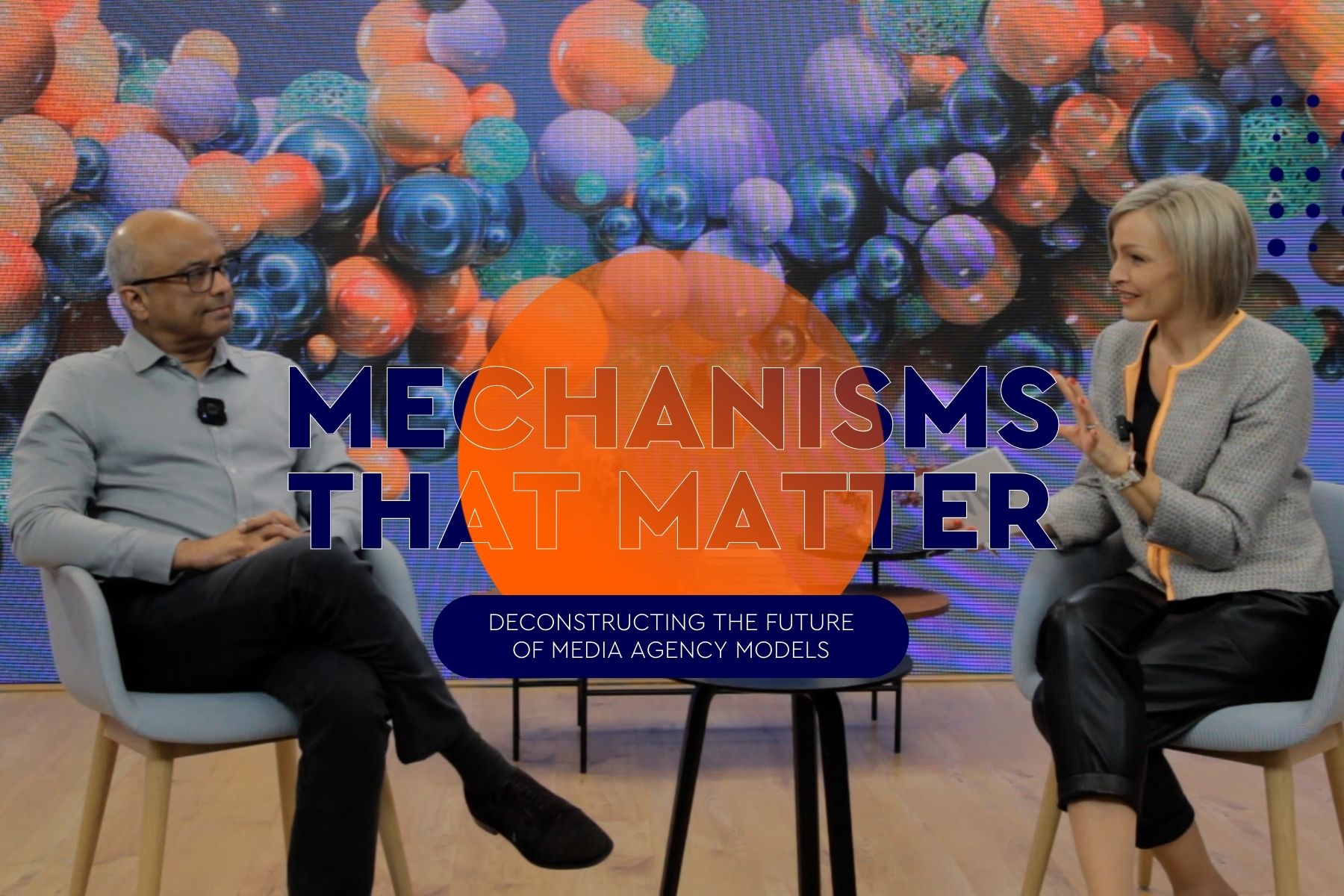
Spotlight on China
China remains the largest contributor in the world when it comes to new ad dollars
China’s USD 90 billion ad market is second only to the USA, and has doubled since 2010. Despite continuing and rapid consumerisation, China’s advertising intensity peaked at 0.78% of GDP in 2006 and has trended down to a prospective 0.67% in 2019. For marketers, China presents both exciting opportunities and formidable challenges.
Over the past 20 years, China’s internet users moved from the conventional internet era to the mobile internet era. This saw a rapid transition to digital, online and mobile technologies in their daily lives, including shopping, socialising, entertainment and work. The rise of big data, cloud computing, the Internet of Things, virtual reality and augmented reality, as well as cutting-edge technologies such as artificial intelligence and iterative upgrades to hardware equipment have been accompanied by a further shift to digital technology. This ushered seamless connectivity into consumers’ living environments, behaviour, and even thoughts and emotions as the boundary between the online and offline worlds gradually disappears.
For the foreseeable future, these trends will continue to drive dramatic changes in people’s perceptions of themselves, their interactions and their relationship with the world. This, in turn, will result in severe fragmentation and diversity of the channels through which people obtain information and content. All this is overturning and reshaping marketing paradigms.
While the amount and types of information available have grown exponentially in the past couple of years, the browsing time of Chinese consumers has become extremely fragmented. Cashless lifestyles and heavy reliance on mobile phones have given birth to ‘Social Ecommerce’, ‘Live Stream and Short Video’, ‘New Retail’, ‘e-Sports Marketing’ and other business models that are leaping ahead of other markets. Entirely new ways to produce and distribute creative and content have emerged to meet the needs of different consumer segments.
The digital transformation of traditional media is complete. Online and offline worlds are more efficiently integrated, with data becoming the vehicle to connect the dots. Big internet platforms such as BAT (Baidu, Alibaba and Tencent) are helping brands create more direct conversion opportunities through the creation of a uni-marketing retail environment, offering richer channels and marketing resources. These changes are accelerating the development of automated marketing methods such as programmatic buying and synergy search. In this new world, the ability of marketers to integrate marketing across platforms is in high demand. Marketers are being pushed to reflect and optimise the measurement.

While we fully enjoy the dividends of digitalisation, we must not ignore the risks in the digital advertising supply chain. These risks include not only invalid traffic, poor viewability, and inappropriate brand context (brand safety issues), but also privacy and ad blocking.
In the past two years, we have established a dedicated brand safety team to help our clients better understand brand safety issues and help promote the development of industry consensus and rules. It’s great to see that many advertisers are starting to use new data monitoring technologies to reduce risk and, especially, to ensure that their ads are viewable. These efforts are making the digital ad supply chain more secure.
It’s not just about strategic thinking in marketing, it is about breaking down barriers between traditional departments and properly integrating internal and external resources, to focus on the consumer experience and business development.
No matter how complicated the marketing environment becomes, brands and marketers need to constantly focus on consumers, be sensitive to the drivers and directions of change, and use new technologies and capabilities to amplify the influence of media and content – to make them more personalised and refined.
published on
19 February 2019
Category
More in Communications

Healthcare communications – diverse, dynamic & different
Communicating about health and healthcare in APAC requires a nuanced and balanced approach

Mechanisms that Matter – How India is fuelling growth for global brands
CVL Srinivas tells Anna Hickey how WPP Open is fuelling a testbed for new working models, innovation, and automation.

Media in India: the future is now
Brands pursuing the Indian market must focus on personalised experiences and data-driven strategies

